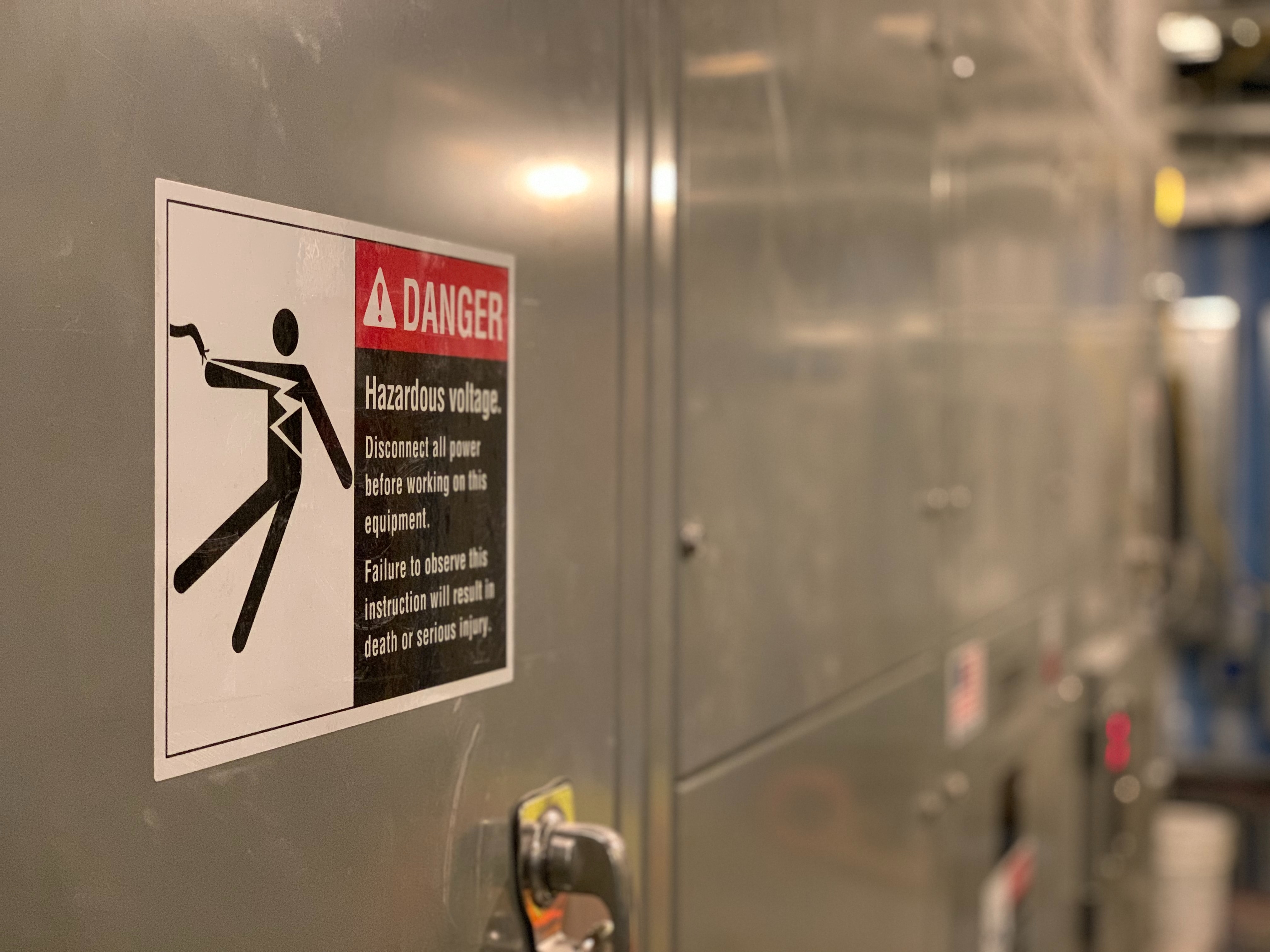
When thinking about your motor trade insurance, there is often more to consider than just the vehicles that you are driving, working on and servicing. Liability insurance can be a legal requirement if you have employees, and other types may be necessary if you are regularly in contact with the general public.
Occupations that can benefit from liability insurance include mechanics, new and used car dealers, valets, MOT specialists, tyre fitters, body repairers, breakers and salvage dealers, collection and delivery agents and car importers.
Whilst not all liability insurance is legally necessary, you may be asked by clients for proof that you are covered, this is especially true when doing any work for local authorities.
Motor Trade Liability Insurance
There are two main types of liability insurance that every business should consider – public liability and employer’s liability.
Public Liability Insurance
This will cover you for any legal liability incurred for bodily injury to a third party while they are on your premises, such as tripping or falling over something. A third party is categorised as someone who doesn’t work directly for your business, whether it is a member of the general public, a client or a sub-contractor who you have hired.
It is your choice whether you have public liability insurance (it isn’t a legal requirement) but it is recommended to those in the motor trade business when:
- You are in direct contact with members of the public
- Members of the public visit your business premises or home
- You carry out work on someone else’s premises
- You use subcontractors
Speak to an experienced professional about the level of cover that’s right for you – at Tradex, public liability policies can be tailored to provide £1 million, £2 million, £5 million and £10 million liability cover. The cost of public liability insurance will depend on the type of business you run and the level of cover you select. The more risky your business, the more costly your insurance in general.
Public liability insurance won’t cover you for the work itself or advice given, for this you will need professional indemnity insurance. It also doesn’t cover your employees and you will need to take out separate employer’s liability insurance.
Employers’ Liability Insurance
Even if you only have one employee, you’re required by law to have an employers’ liability insurance policy with a cover limit of at least £5 million. If you fail to have adequate coverage, you could face a fine of up to £2,500 a day.
Employers’ liability insurance will cover you against any claims made against you by an employee for any accidents at work. This includes things such as sick pay, loss of income, medical bills, legal costs and compensation as a result of the company’s negligence.
You may also need employers’ liability insurance for subcontractors. If they work under your direction and use your tools and materials, they are considered employees and need to be covered by your insurance. An independent contractor who also works for other organisations probably won’t need to be covered by your employers’ liability insurance but as this is a complicated area, always check with your insurance broker to be certain.
You also need employers’ liability insurance for part-time or temporary staff and failure to do so could leave you with a hefty fine.
Tradex has expertise with all types of motor trade businesses and the types of risks they face. We can include liability insurances alongside professional indemnity on a standalone basis or as part of a package.